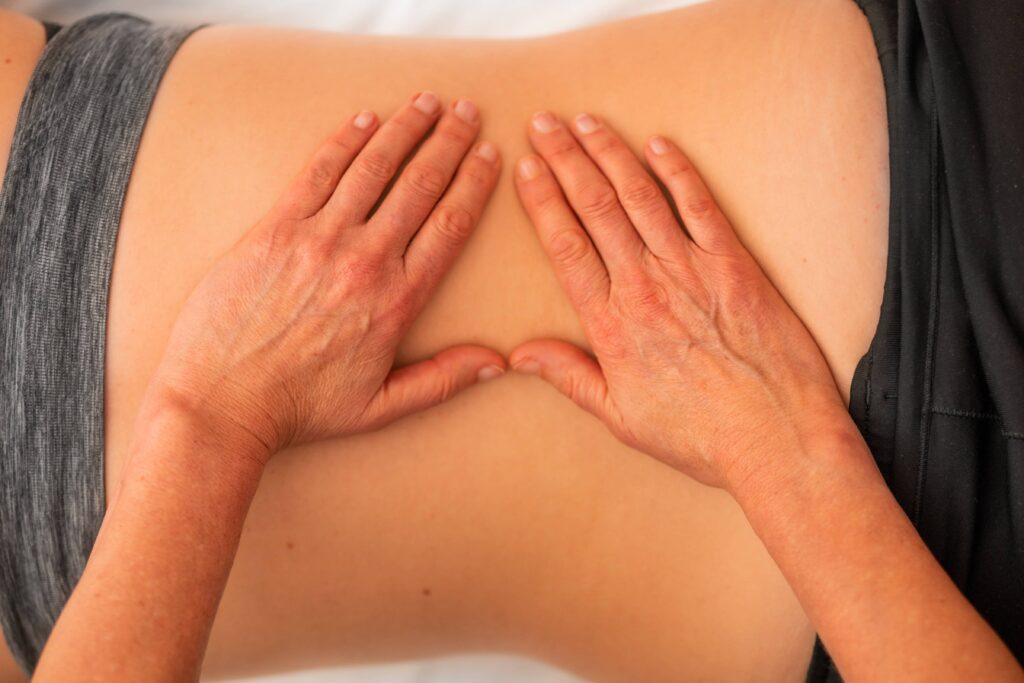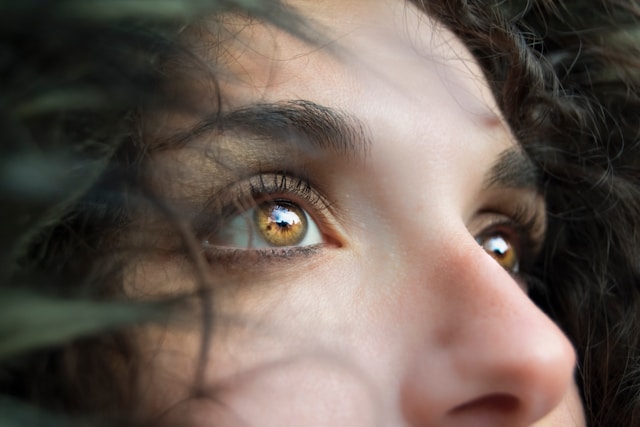
Asian massage and Western massage techniques help promote relaxation and overall well-being. The choice between these massage therapies depends on individual preferences and therapeutic needs. Here are some of the significant differences between the two types of massage therapy:
Cultural and Historical Context
Also known as Eastern massage, Asian massage originated in countries like China, India, Thailand, and Japan. The traditions in this massage often integrate principles of traditional Chinese medicine, Ayurveda, and martial arts. Eastern massage is deeply rooted in philosophical and spiritual beliefs, including Buddhist and Hindu practices.
Western massage, often called Swedish massage, originated in Europe. A man named Per Henrik Ling, a Swedish physiologist, developed this type of massage therapy to help promote physical fitness. Western massage has transformed over time based on anatomical and physiological understanding.
Techniques
Eastern massage utilizes different methods, such as Tui Na, Ayurvedic, Thai, Shiatsu, and Zhi Ya. The massage techniques involve masseuses using their hands, fingers, elbows, and even feet to exert pressure along energy meridians or specific points on the body.
Stretching and joint mobilization standard methods in Eastern massage. Deep, rhythmic breathing can enhance the relaxation and energy-balancing effects during Eastern massage sessions. Thai massage can incorporate yoga-like stretches or meditation techniques during the session to boost mindfulness.
In Western massage, masseuses employ gliding strokes, kneading, friction, and tapping techniques to manipulate soft tissues. Deep tissue massage is a Western technique that targets deeper muscles to promote healing. Gentle stretching and joint movements are also standard components of Swedish massage.
Objectives
Asian massage aims to promote energy balance, flexibility, and overall well-being in clients. This type of massage takes a holistic approach to restoring the client’s physical, mental, and emotional aspects. With gentle stretching and joint mobilization, Eastern massage helps improve flexibility, increase range of motion, and enhance overall physical mobility. This massage style can also foster deep relaxation, potentially reducing stress levels.
The primary goal of Western or Swedish massage is to address specific physical issues, such as muscle tension, pain, or injury recovery. The gliding strokes of swedish massage in Fulshear, TX, or other areas, can boost blood flow throughout the body. Moderate joint movements can help increase clients’ joint flexibility and mobility.
Tools
In some Eastern massage styles, professional masseuses apply herbal compresses containing a blend of heated therapeutic herbs to the body. Masseuses may use a jade or horn scraper to scrape the skin in specific patterns to promote blood flow, release tension, and stimulate healing. During an Eastern massage, glass or silicone cups may be applied to the skin’s surface to create suction and promote blood flow.
Western massage therapists incorporate tools like massage sticks, rollers, and mechanical devices in their sessions. Massage sticks can be beneficial for addressing chronic muscle tension and knots. Mechanical devices that deliver rapid, repetitive taps or strokes to the body’s surface help relax muscles and lower bodily tension. Foam rollers or trigger point balls are used to apply pressure and release fascial strain.
Aromatherapy, Oils, and Lotions
Many Eastern massage techniques are performed without the use of oils or lotions. When oils are used, they are minimal and may have therapeutic properties, such as herbal-infused oils in Ayurvedic massage. Common oils used in Ayurvedic massage include sesame, coconut, and herbal-infused oils like Brahmi or Ashwagandha oil.
In Western massage, massage oils or lotions are commonly used and help reduce friction during the massage. This allows for smoother gliding strokes across the client’s skin. Clients can choose from various essential oils, such as lavender for relaxation, eucalyptus for respiratory support, or peppermint for rejuvenation.
Also read: The Role of Energy Metabolism in Weight Management
Book an Appointment for an Asian Massage
Asian massage techniques stimulate various pressure points in the body to help promote healing and balance. Skilled massage therapists can guide clients to breathe deeply and rhythmically, enhancing relaxation and energy flow in the body. Contact a reputable spa today to schedule an appointment and learn more about Eastern massage services and their holistic benefits.



